09 MINUTE READ
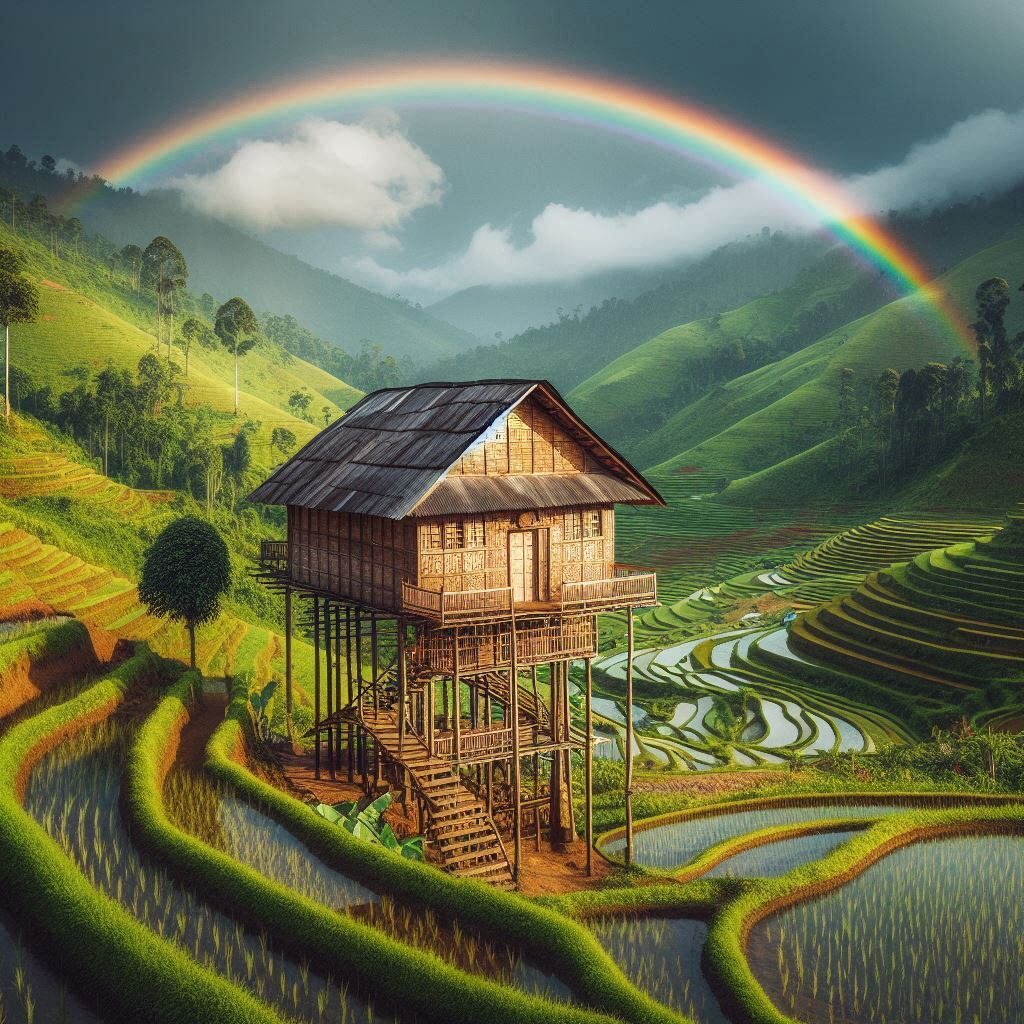
Meghalaya, the “Abode of Clouds,” is a picturesque state in the northeastern region of India. Known for its lush green landscapes, abundant rainfall, and vibrant cultural tapestry, Meghalaya also boasts a unique architectural heritage that is deeply intertwined with its natural environment and the lifestyles of its indigenous communities. This article delves into the rich architectural traditions of Meghalaya, exploring the types of villages and buildings, settlement patterns, and major architectural landmarks that not only reflect the state’s cultural identity but also enhance its appeal as a tourist destination. Understanding Meghalaya’s architecture provides insight into the ingenuity of its people and the seamless integration of their built environment with the natural world.
Enjoy reading!
To Start with Some Background!
The architectural evolution of Meghalaya is a testament to the region’s ability to adapt to its challenging terrain and climatic conditions. The state receives one of the highest amounts of rainfall in the world, influencing the design and construction of buildings to ensure durability and resilience. The architecture in Meghalaya is predominantly vernacular, reflecting the traditional building techniques and materials used by the Khasi, Jaintia, and Garo tribes. These structures are typically constructed using locally sourced materials such as bamboo, timber, stone, and thatch, chosen for their availability and suitability to the local climate.
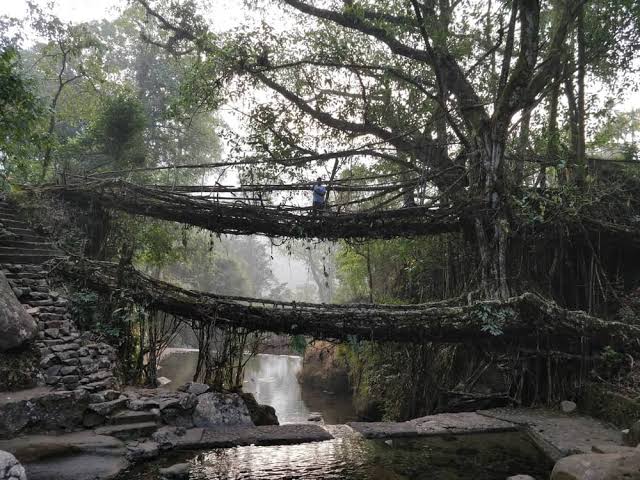
Meghalaya’s architecture is not merely functional but also symbolic, representing the social structures, beliefs, and customs of its communities. For instance, the matrilineal Khasi society places significant importance on the role of women, which is often reflected in the layout and organization of their homes. Additionally, the state’s architecture has been influenced by external factors such as colonial rule and the introduction of Christianity, leading to a blend of traditional and modern styles.
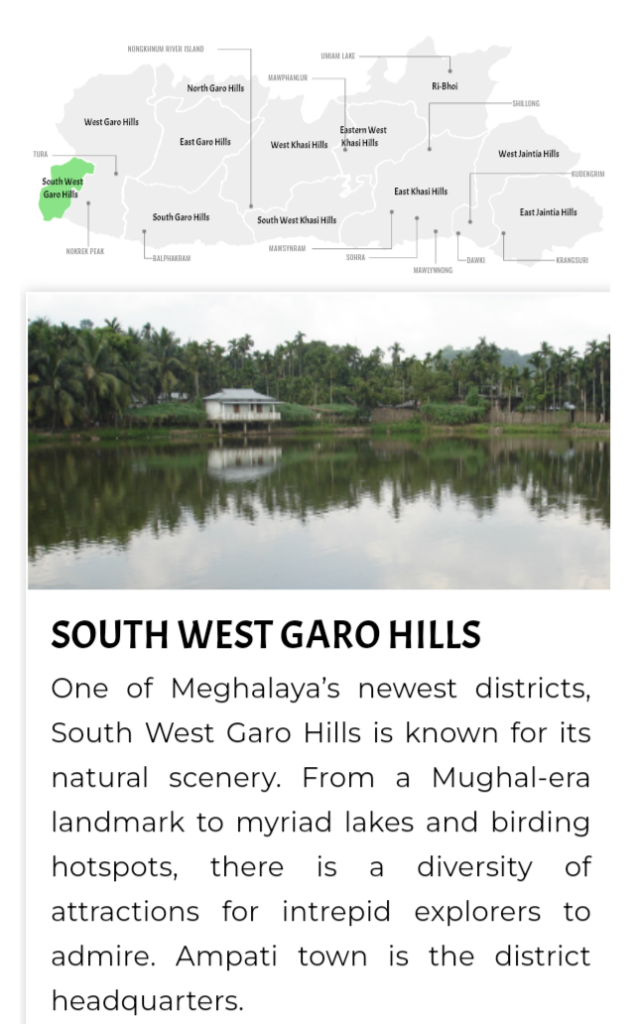
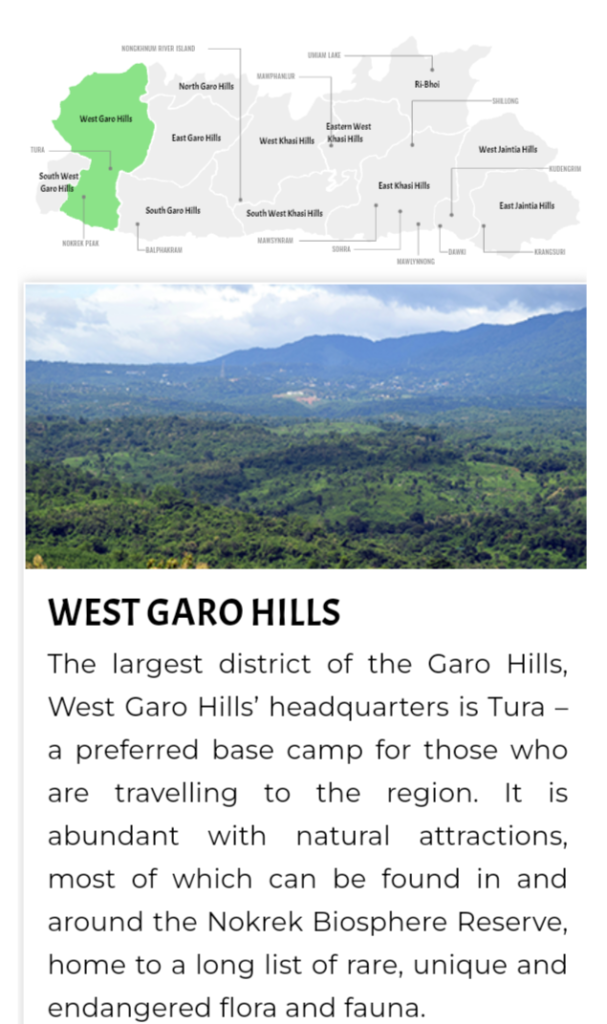

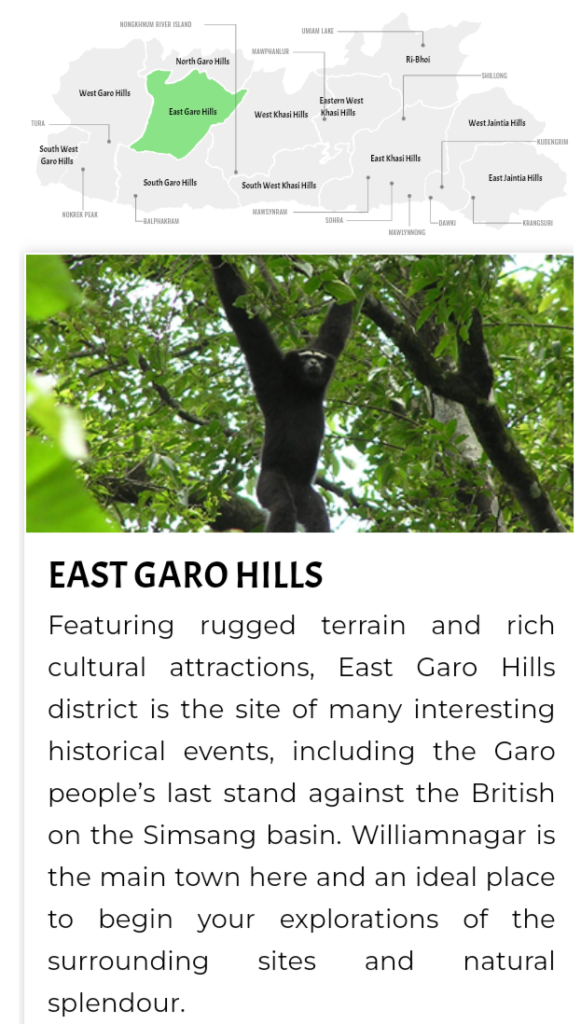
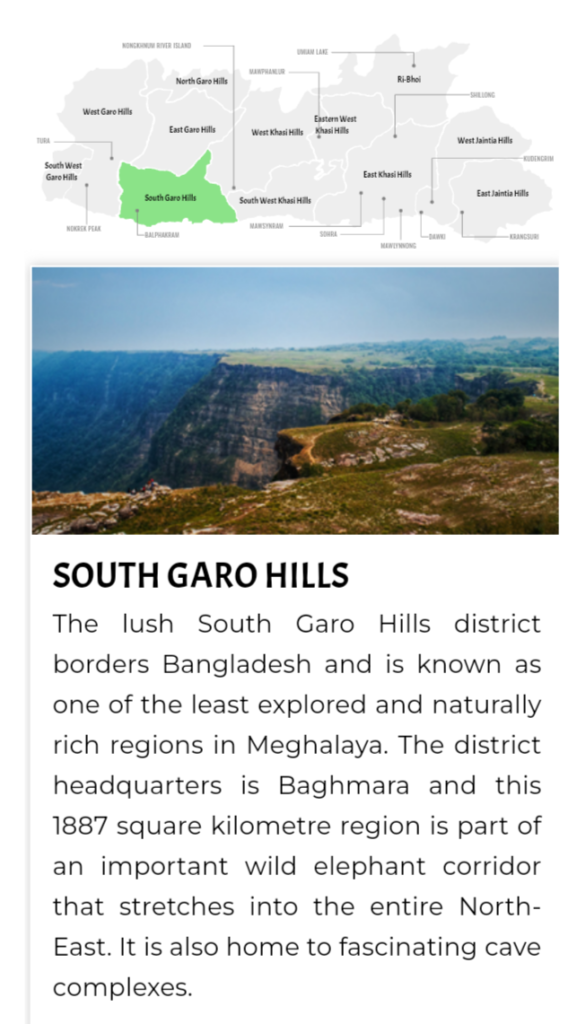
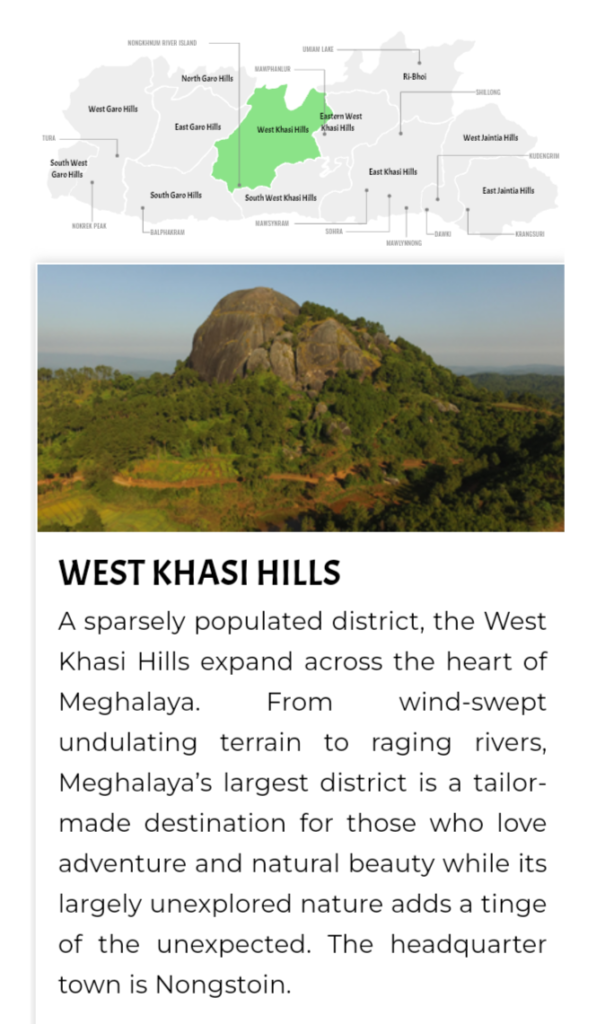
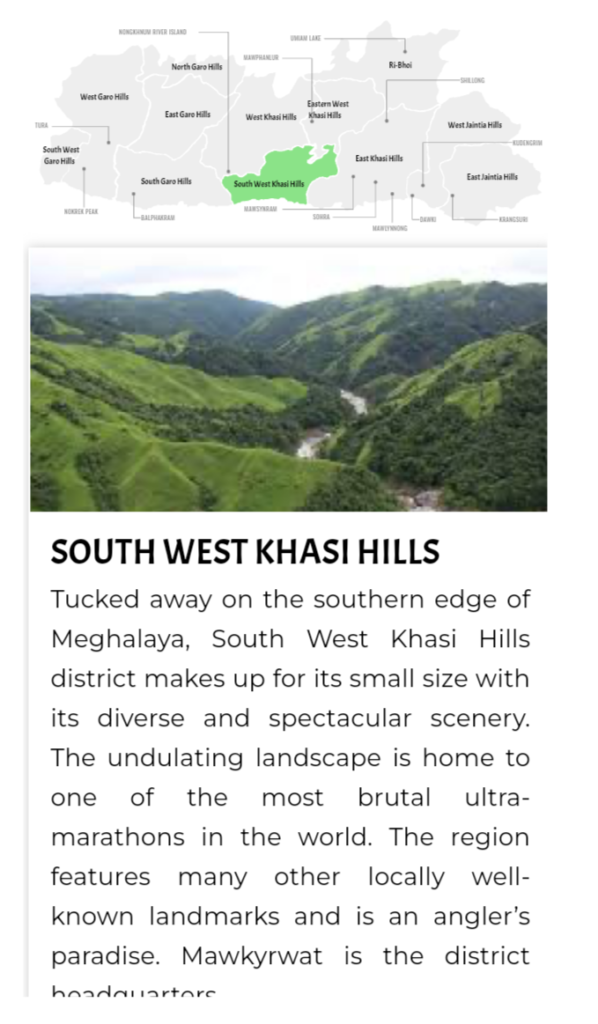
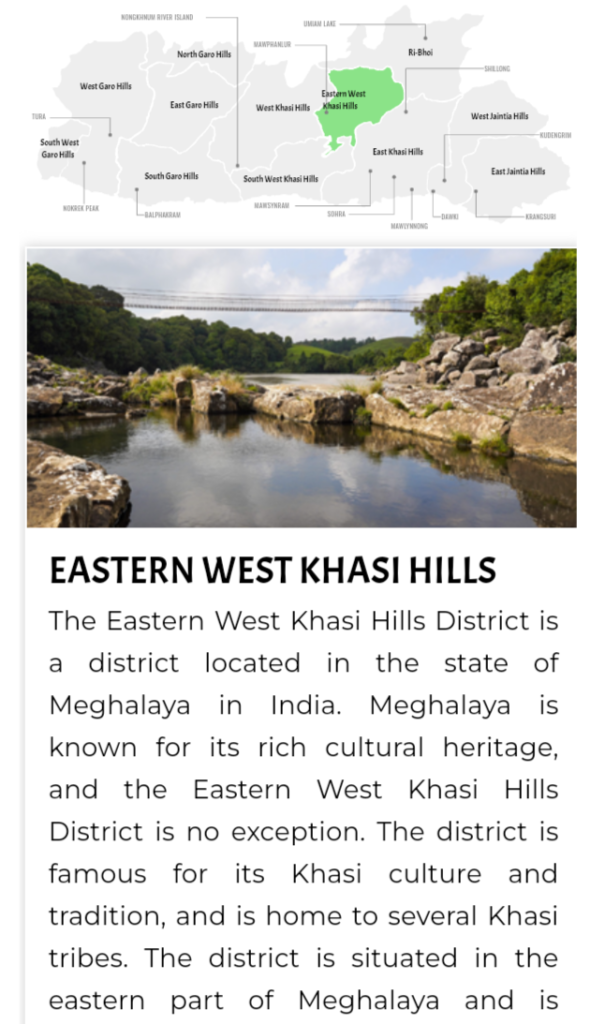
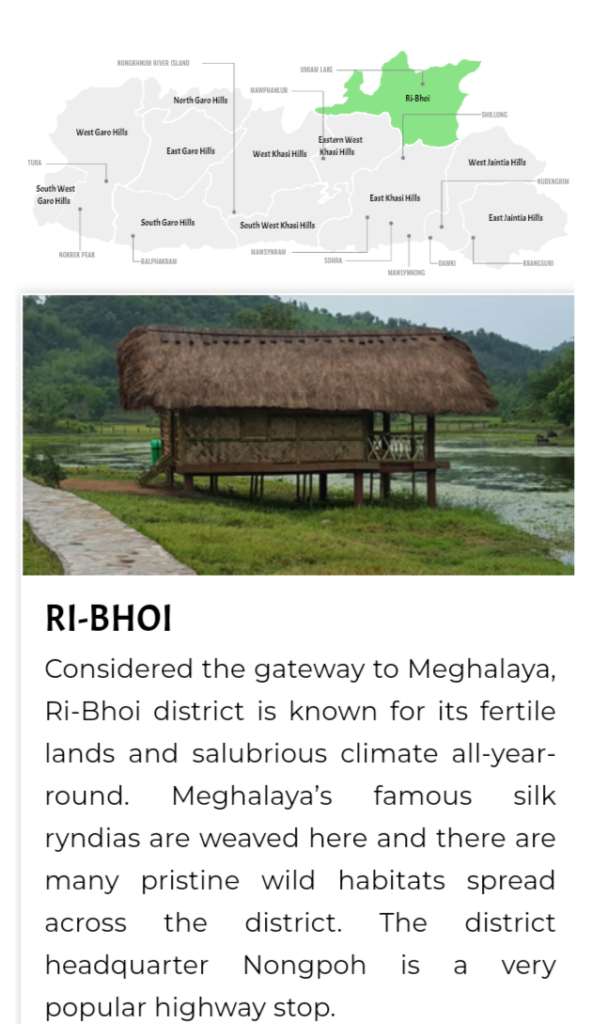
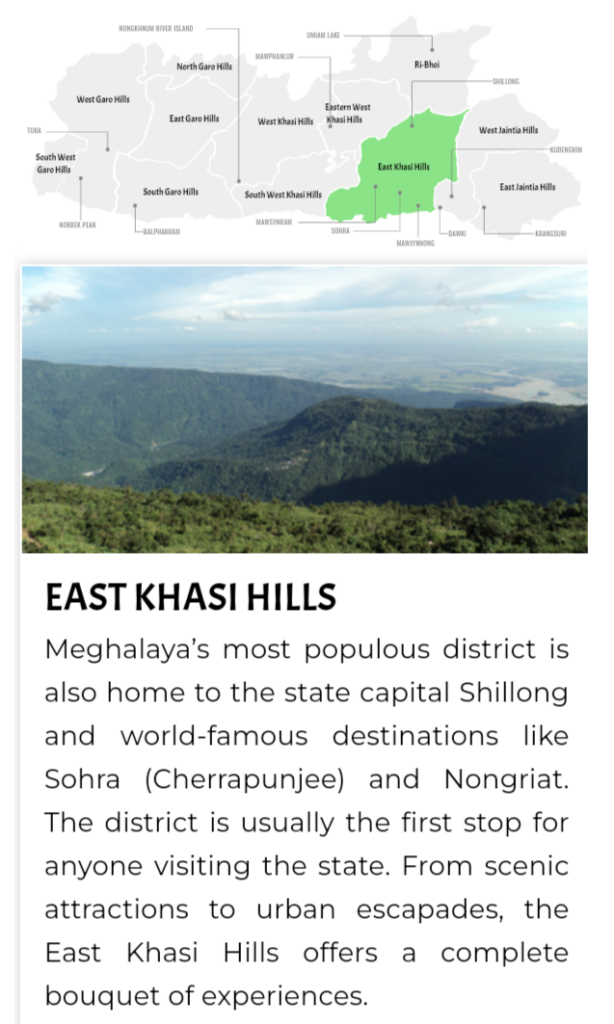
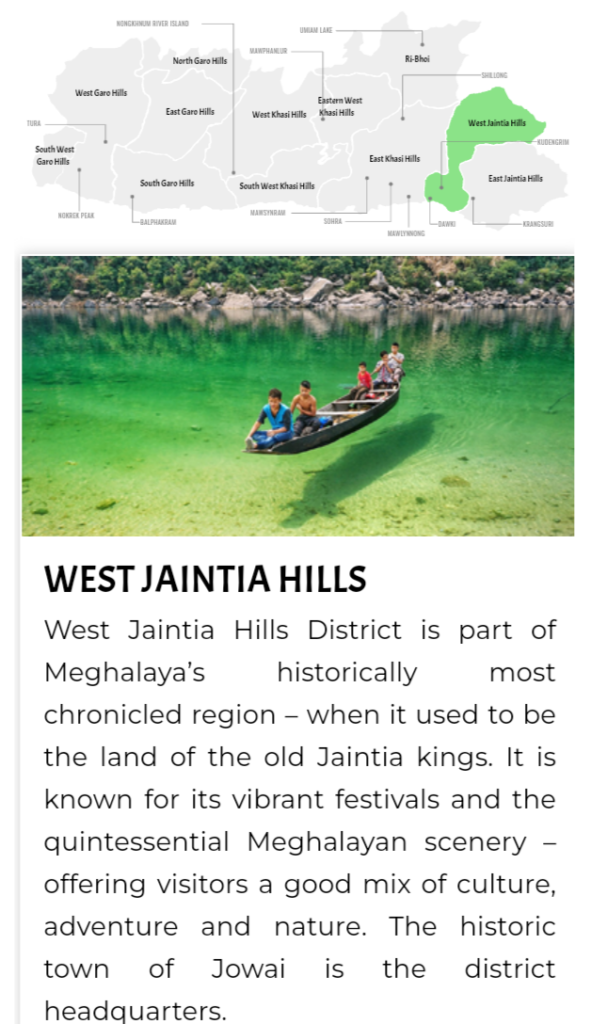

The Village and Building Types of Meghalaya
Meghalaya’s villages are nestled amidst the hills and forests, often positioned to take advantage of natural defenses and scenic views. The village layout is typically organic, with houses and community structures arranged following the topography and natural features of the land. The primary building types found in Meghalaya include:
Traditional Khasi Houses
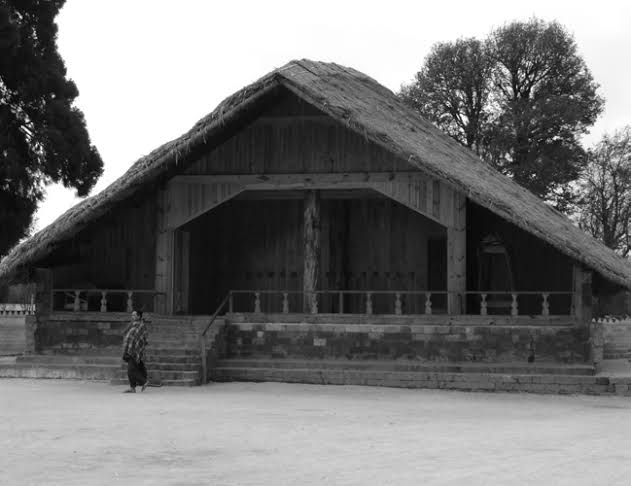
These houses are typically built on stilts to prevent dampness and to protect against flooding and pests. The structures feature sloping roofs made of thatch or corrugated metal, which facilitate the quick runoff of rainwater. The walls are often made of bamboo, woven into mats, and plastered with mud or lime for insulation. The interiors are organized around a central hearth, which serves as the focal point for cooking and socializing.
Jaintia Stone Houses

In the Jaintia Hills, stone is a commonly used building material. The houses here are often constructed using large stone blocks, providing a sturdy and weather-resistant structure. The use of stone also lends a distinctive aesthetic to these buildings, reflecting the cultural heritage of the Jaintia people.
Garo Nokpante
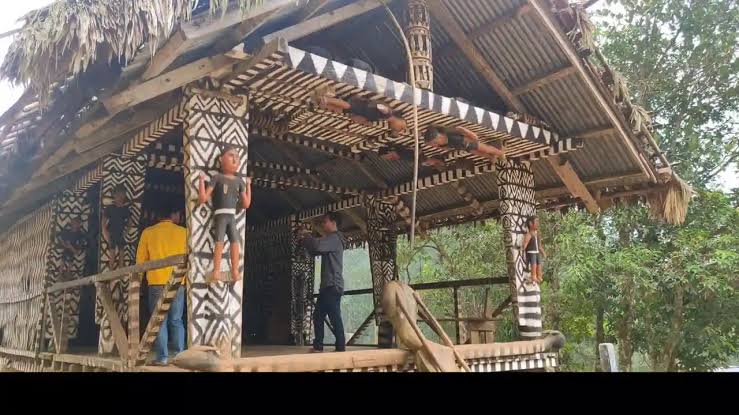
The Nokpante is a traditional bachelor’s dormitory found in Garo villages. It is a communal building where young unmarried men live and learn about their responsibilities and cultural practices. Architecturally, it is a large, rectangular structure with a high thatched roof and bamboo walls, symbolizing the collective lifestyle of the community.
Living Root Bridges
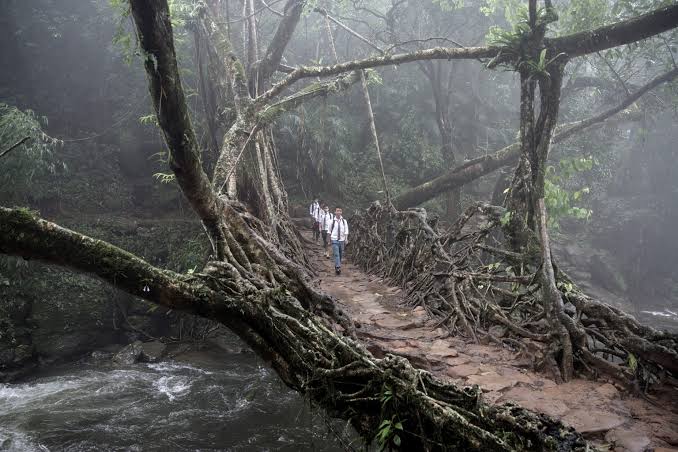
Perhaps the most iconic architectural feature of Meghalaya, the living root bridges are a prime example of bioengineering. These bridges are created by guiding the roots of the Ficus elastica tree across streams and rivers until they form a natural bridge capable of supporting substantial weight. This sustainable practice not only provides a functional structure but also showcases the deep understanding of ecology possessed by the Khasi people.
Churches and Missionary Schools
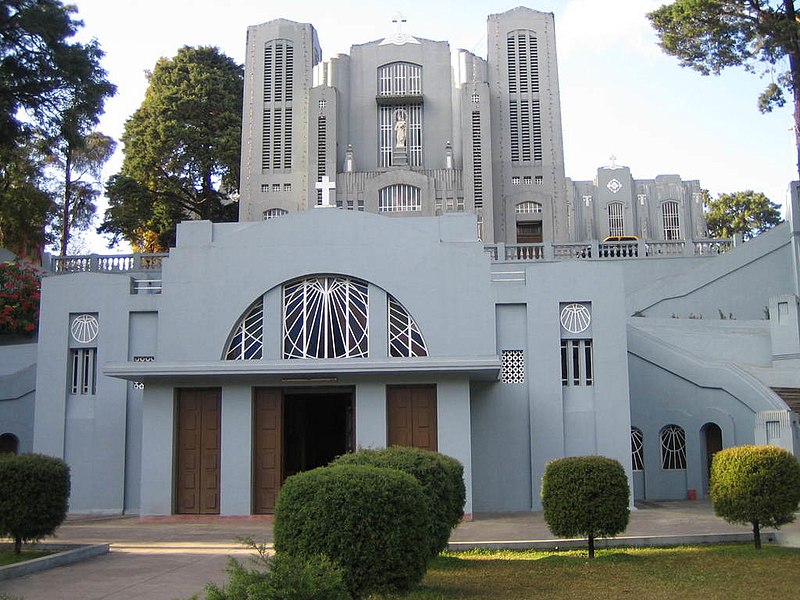
Christianity plays a significant role in the cultural landscape of Meghalaya, and churches are prominent features in many villages. These buildings often combine traditional architectural elements with Gothic or modern designs, featuring spires, large windows, and expansive interiors that can accommodate large congregations. Missionary schools, similarly, often reflect a blend of local and colonial architectural styles.
What is the Settlement Pattern in Meghalaya?
The settlement pattern in Meghalaya is heavily influenced by its hilly terrain and the need for efficient water management due to the high rainfall. Villages are generally situated on elevated ground to avoid flooding and to take advantage of natural defense mechanisms. The layout of these settlements is typically irregular, following the contours of the land and the distribution of natural resources.
Architecturally, the houses are designed to cope with the region’s heavy rainfall and seismic activity. The use of stilted structures is common, elevating the houses above the ground to prevent water damage and to provide ventilation. The roofs are steeply pitched, allowing rainwater to run off quickly and preventing the accumulation of water that could lead to leaks or structural damage.
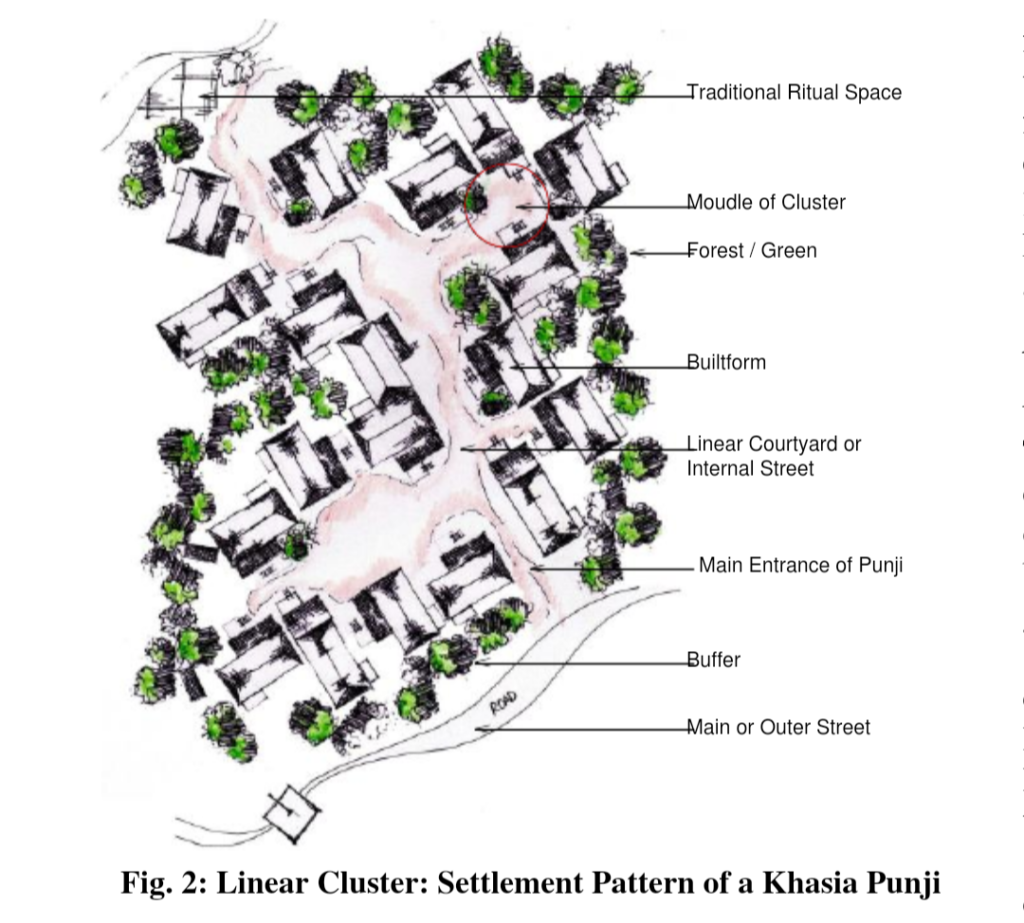
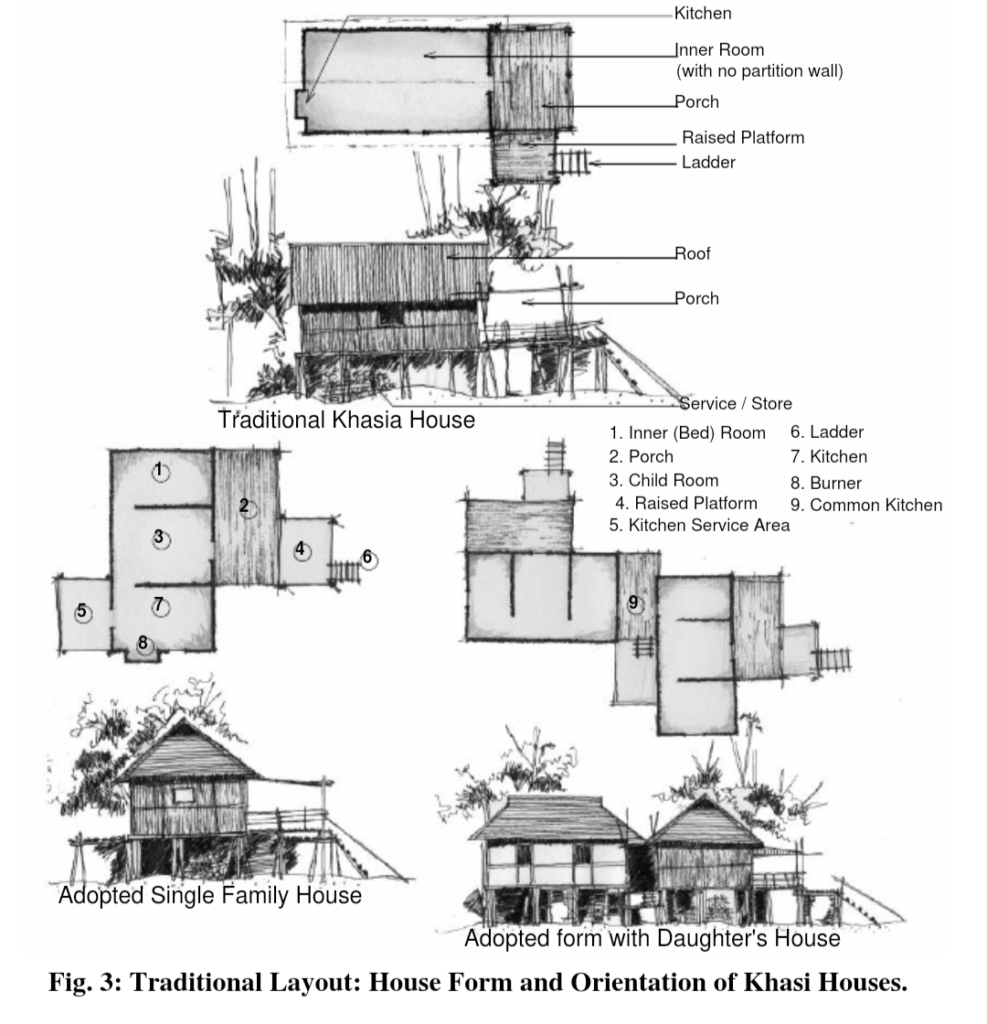
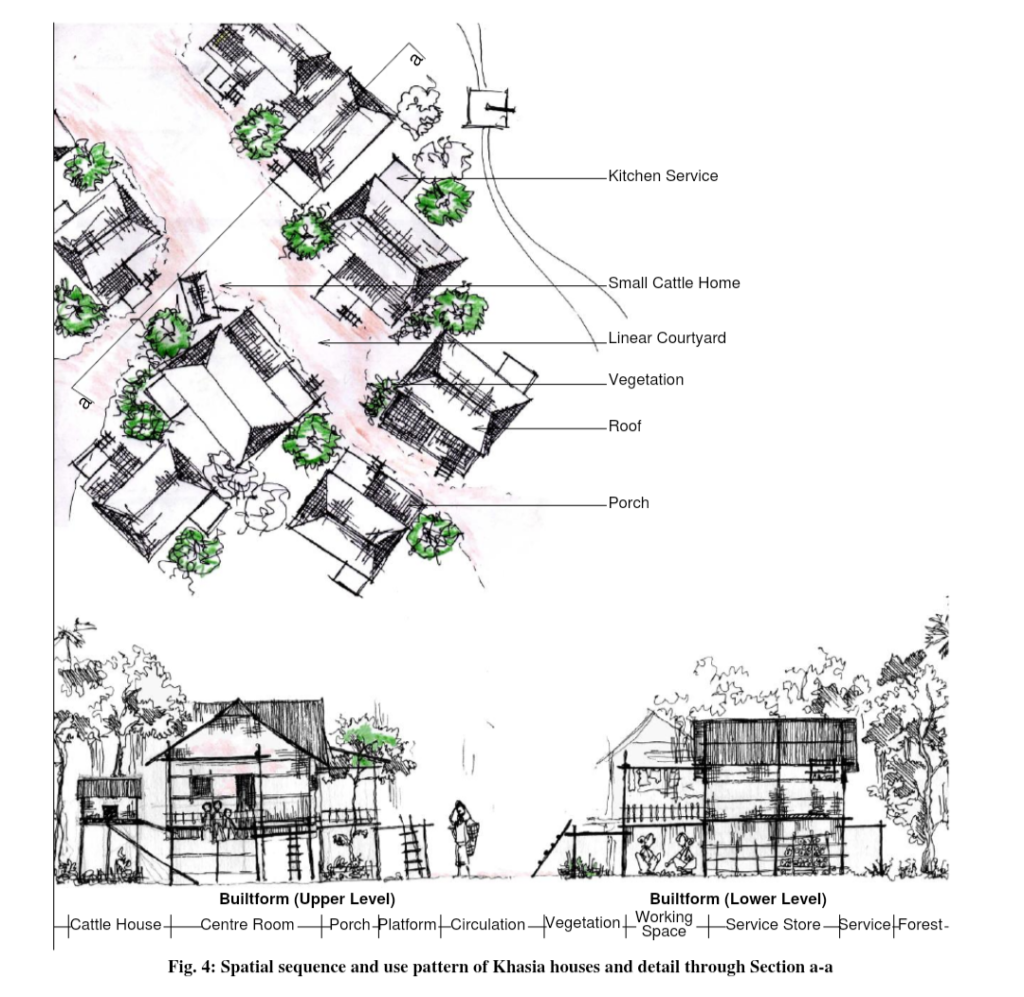
The materials used in construction are chosen for their availability and durability. Bamboo, timber, and stone are the primary materials, with bamboo being particularly favored for its flexibility and strength. The walls are often made of woven bamboo mats, which are then plastered with mud or lime to provide insulation and protection from the elements.
The village layout typically features a central open space, which serves as a community gathering area for social and cultural activities. This space is usually surrounded by the main structures of the village, such as the Nokpante, churches, and community halls. The arrangement of the buildings promotes social interaction and fosters a strong sense of community among the residents.
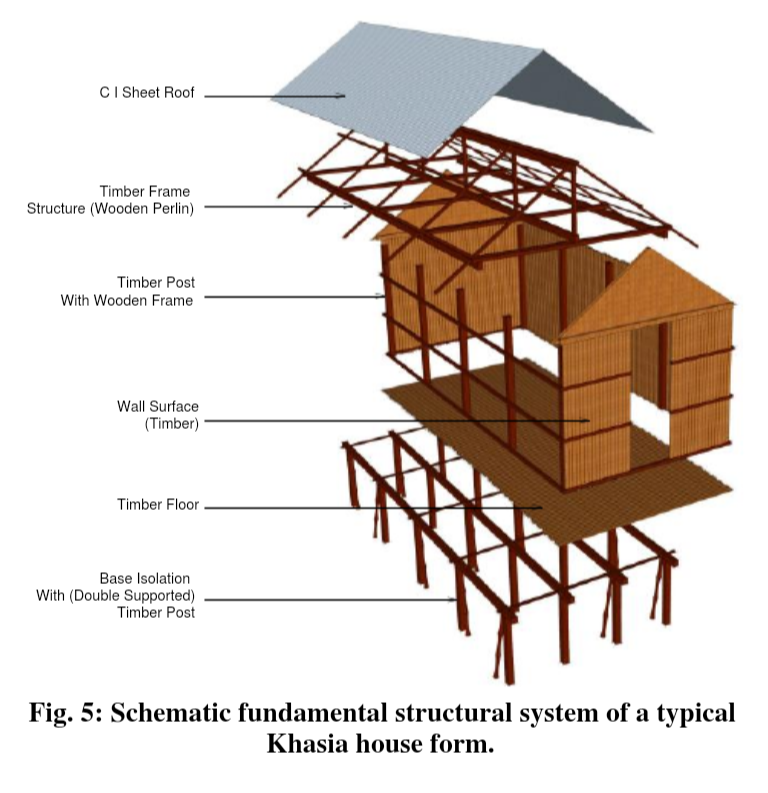
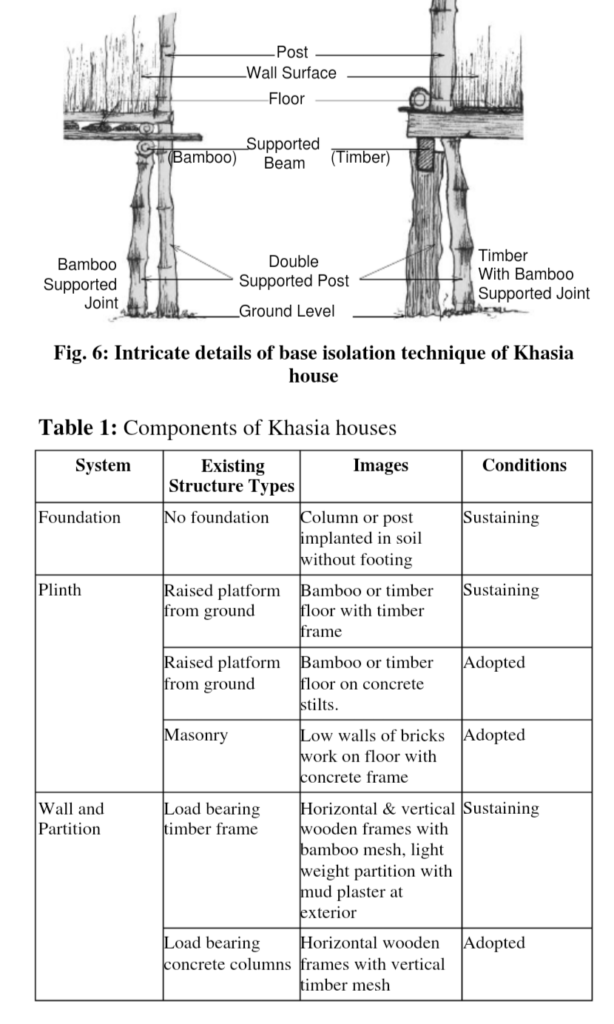
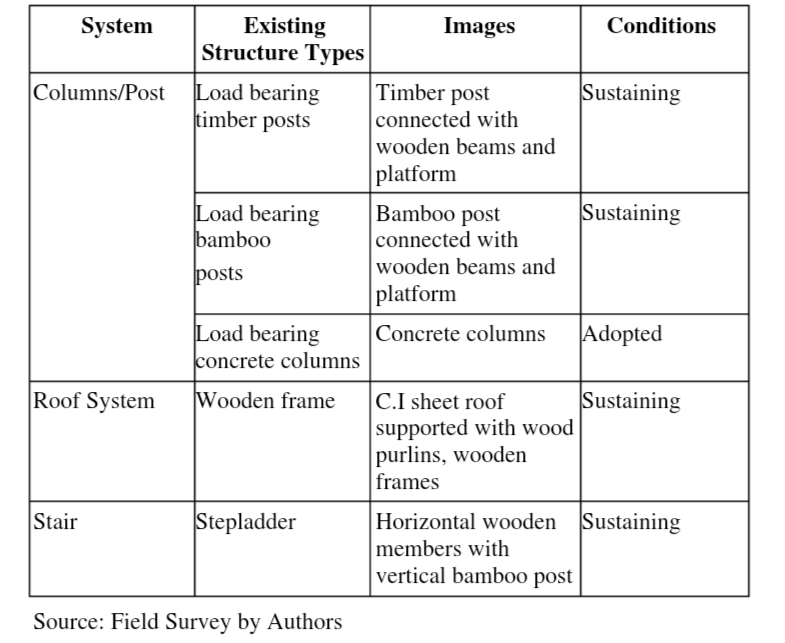
Traditional construction methods and settlement planning in Meghalaya have been passed down through generations, ensuring that architectural practices remain sustainable and harmonious with the environment. This approach not only preserves the cultural heritage of the communities but also enhances the aesthetic and functional aspects of their built environment.
The Architectural Style of Meghalaya
Architecture of the Khasi Tribes
The Khasi tribes of Meghalaya are known for their distinctive architectural style that harmonizes with the rugged terrain of the region. Khasi houses are traditionally constructed on raised plinths with wooden floors, a design that helps protect against the damp conditions common in the hills. These houses are rectangular, and their roofs are crafted in a unique style that resembles an inverted boat, providing both aesthetic appeal and effective drainage during heavy rains. In certain areas of the Khasi hills, the use of wooden walls is common, supplemented by bamboo plastered with mud for insulation. Stones are often incorporated into the structure, particularly in higher elevations, to provide additional stability and protection against the elements.
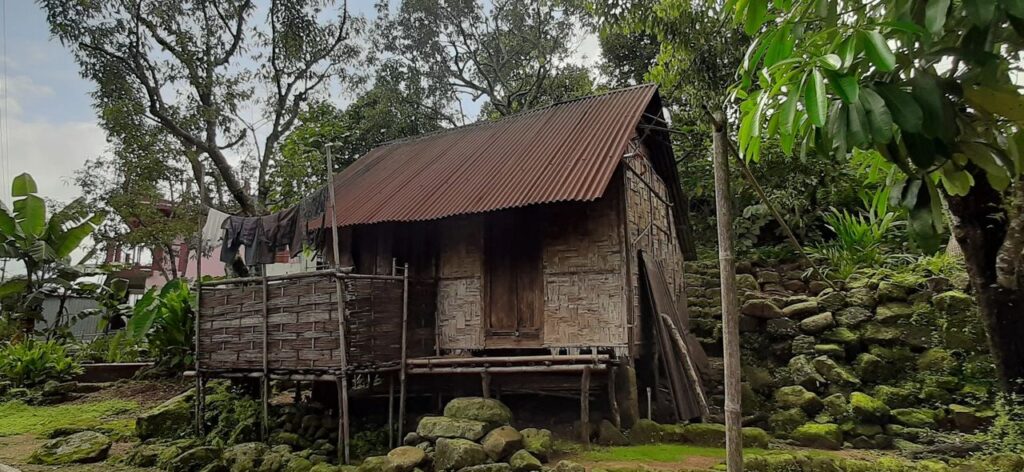
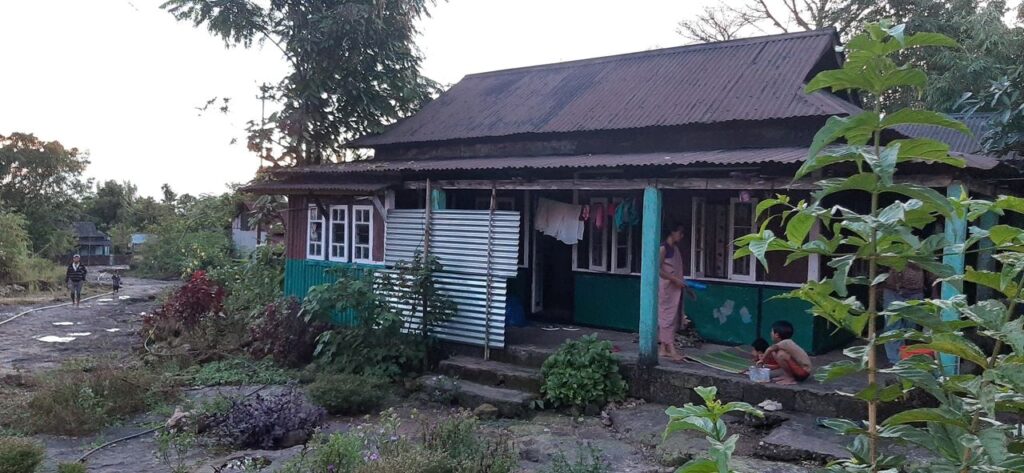
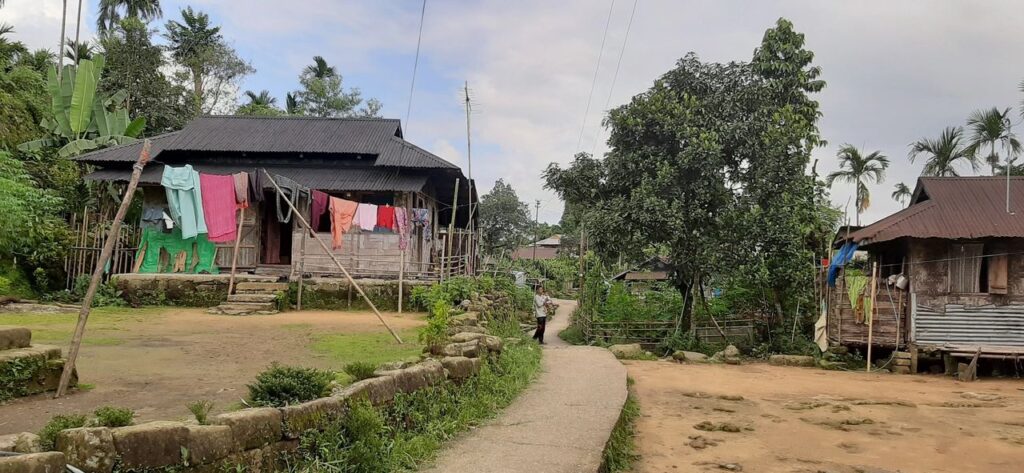
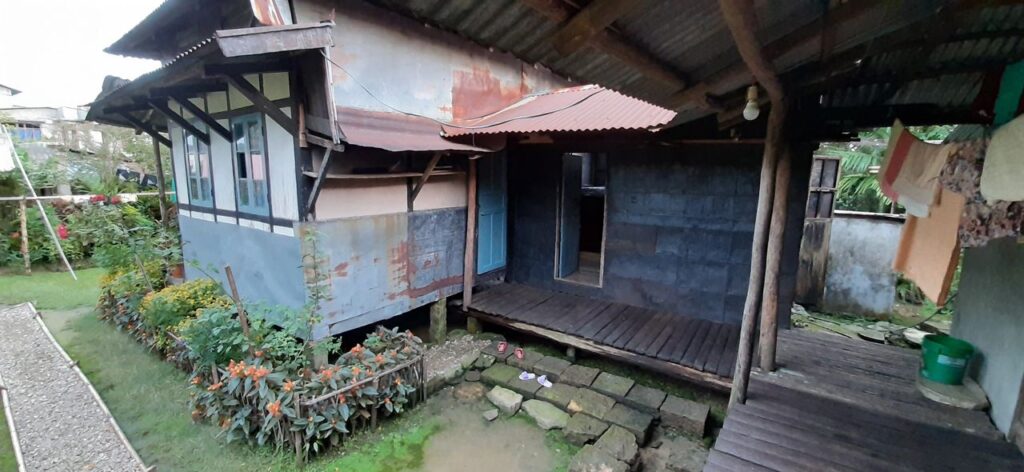
As resources like bamboo and wood are abundant in the Khasi hills, these materials are widely used in construction. However, there has been a shift towards more modern building methods, with many Khasi people now opting for houses built with bricks and cement. This transition reflects a blend of traditional aesthetics with contemporary building techniques, ensuring the homes are sturdy and sustainable.
Garo Architecture and Village Layout
The Garo people, residing in the Garo Hills, have developed an architectural style that is both functional and culturally significant. Garo homes are predominantly constructed from bamboo and wood, materials that are readily available and well-suited to the hilly landscape. These homes are typically built on the slopes or hilltops and often near water sources. They are designed in clustered formations around a central, irregularly shaped open space known as atela or Sara, which serves as a communal area for various activities, including religious ceremonies and cremations.
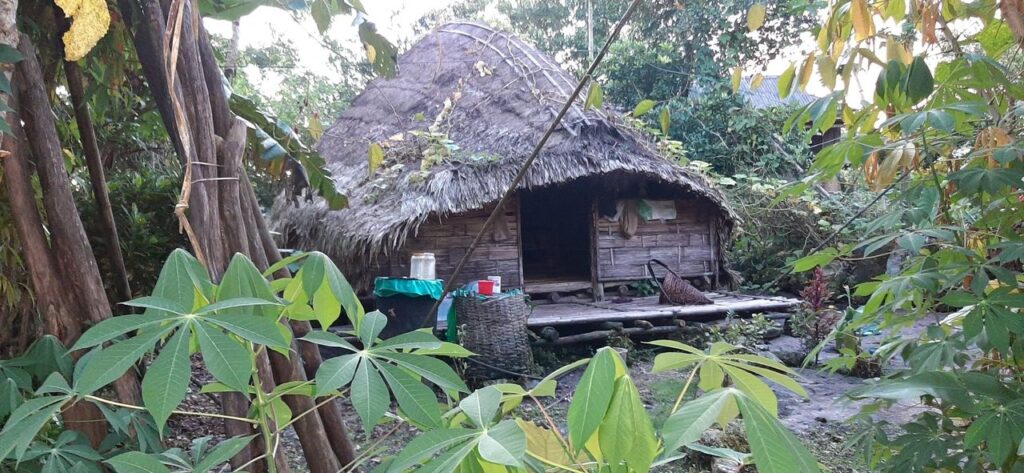
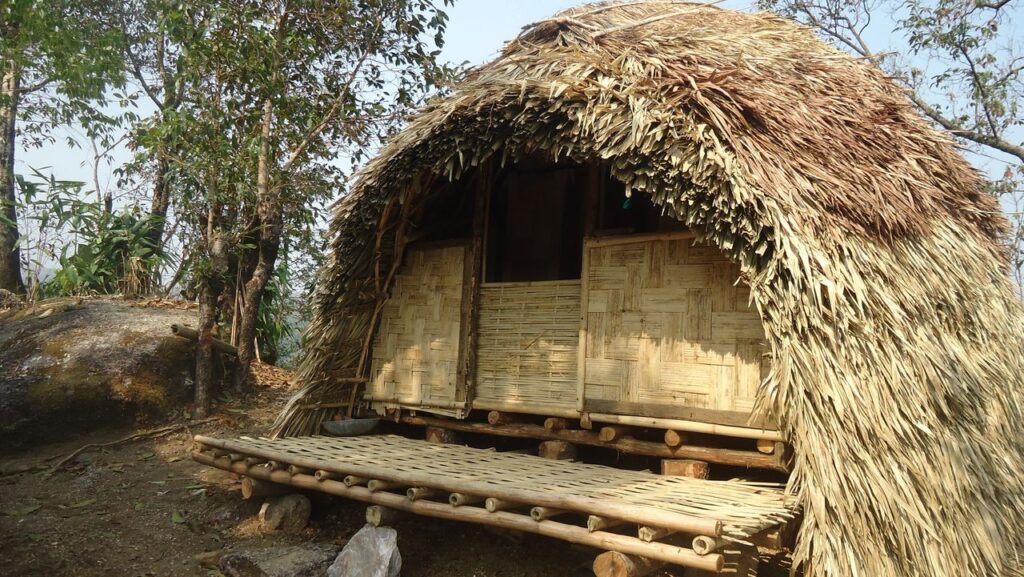
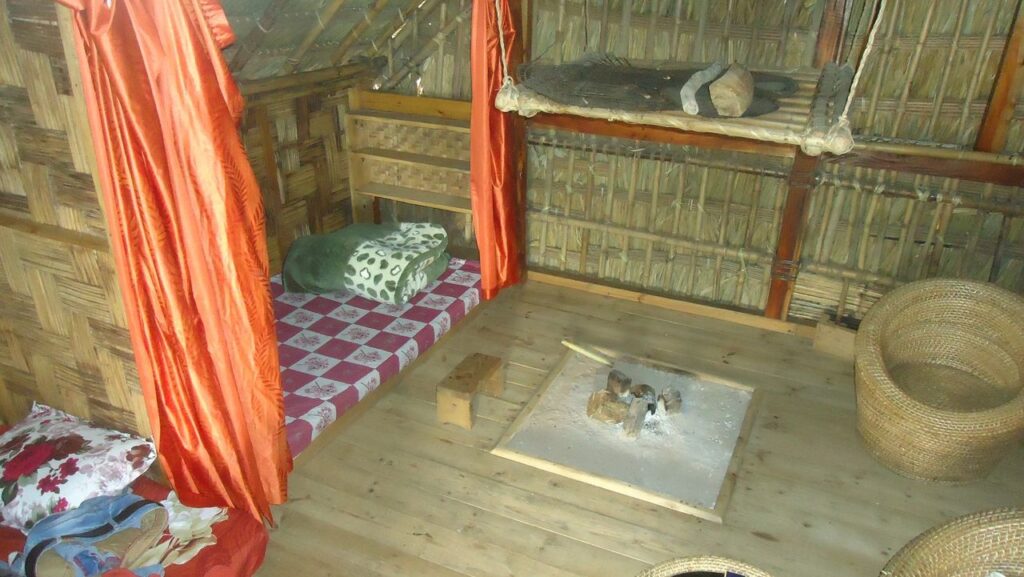
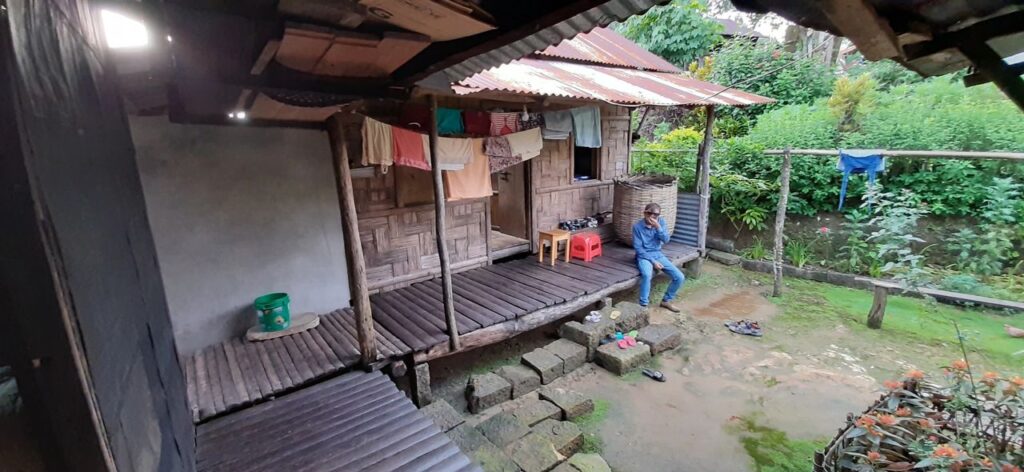
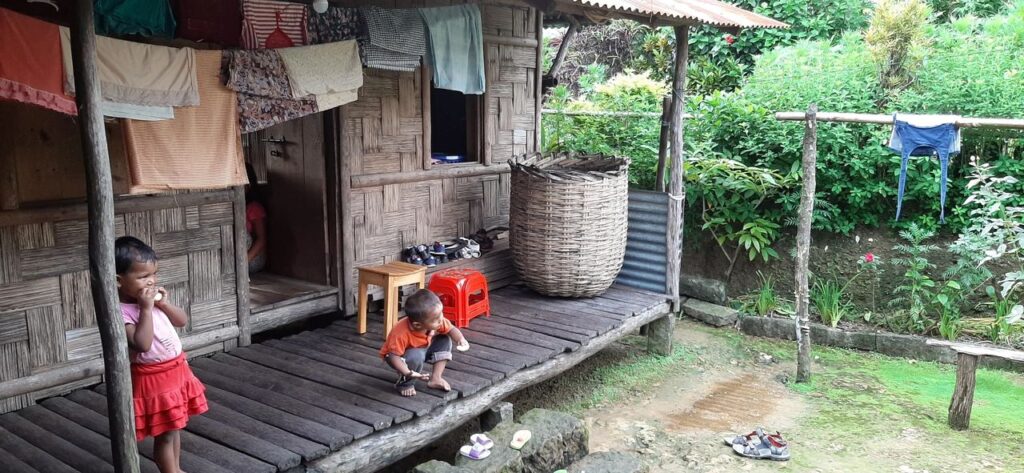
Garo houses are long and narrow, a design that allows them to withstand the strong winds prevalent in the region. The homes are divided into three main sections, with doors at the front and back but no windows, which helps maintain the internal temperature and protects them from the weather. The structure is supported by sturdy wooden posts, with bamboo walls that are often multi-layered for added durability. The roof, traditionally made of thatch, consists of two sections: one leaning against the hillside and the other supported by posts. In areas where thatch is not available, bamboo leaves or cane leaves are used.
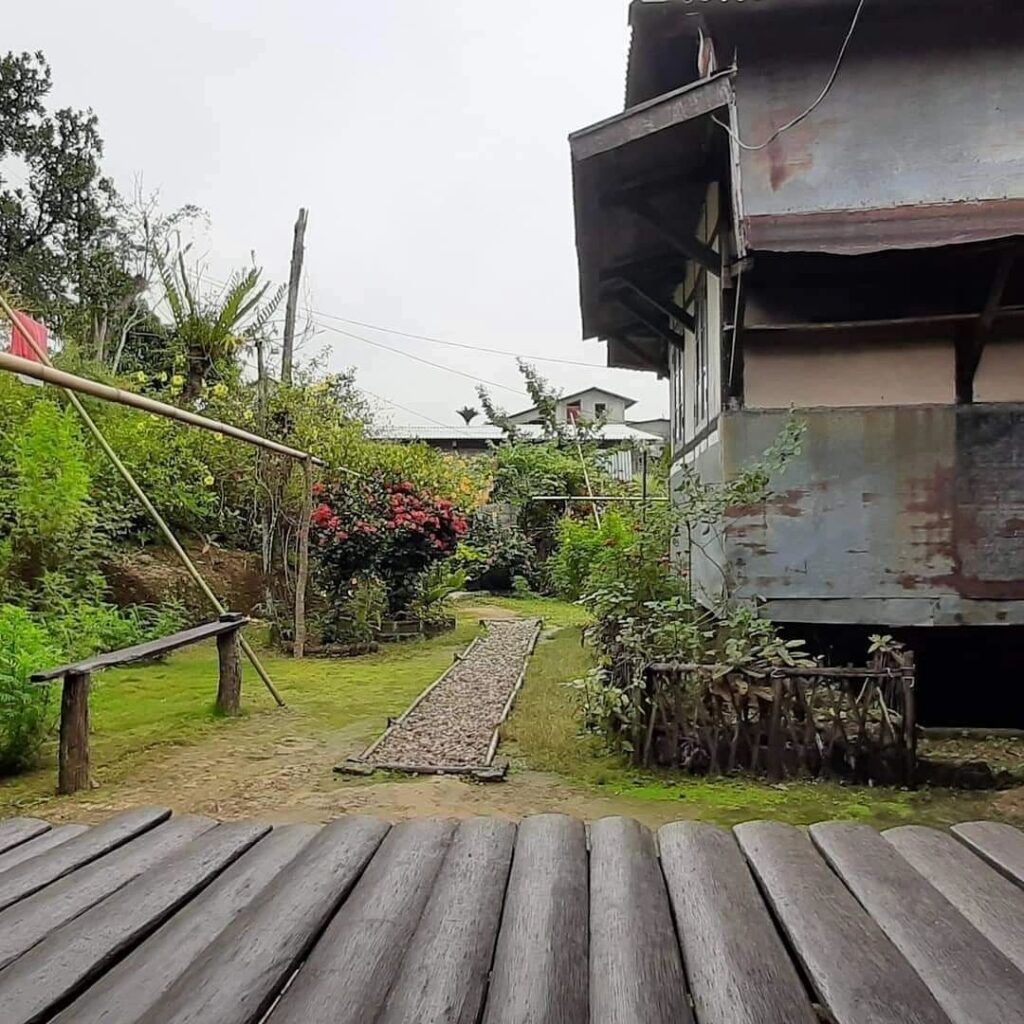
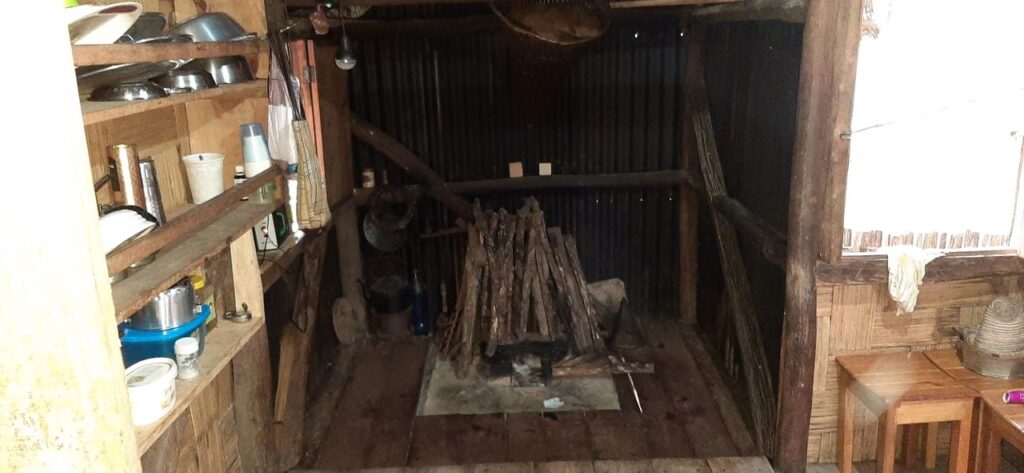
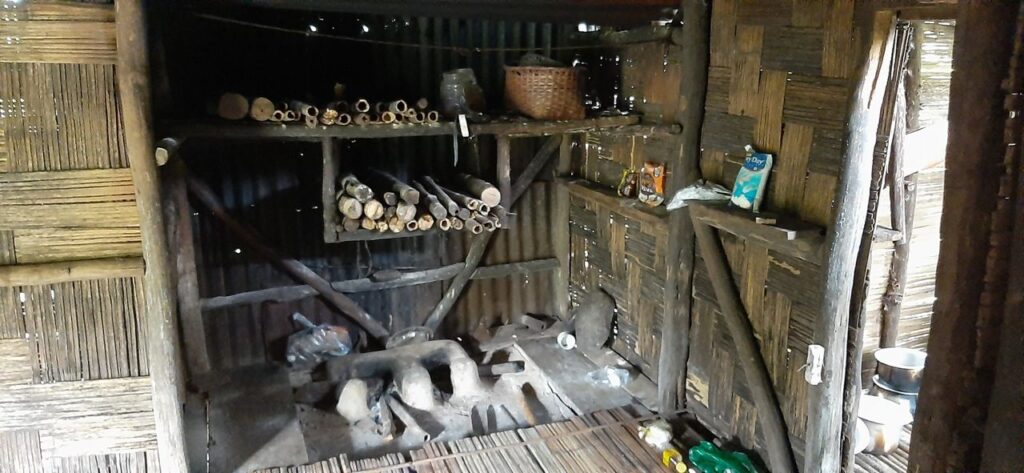
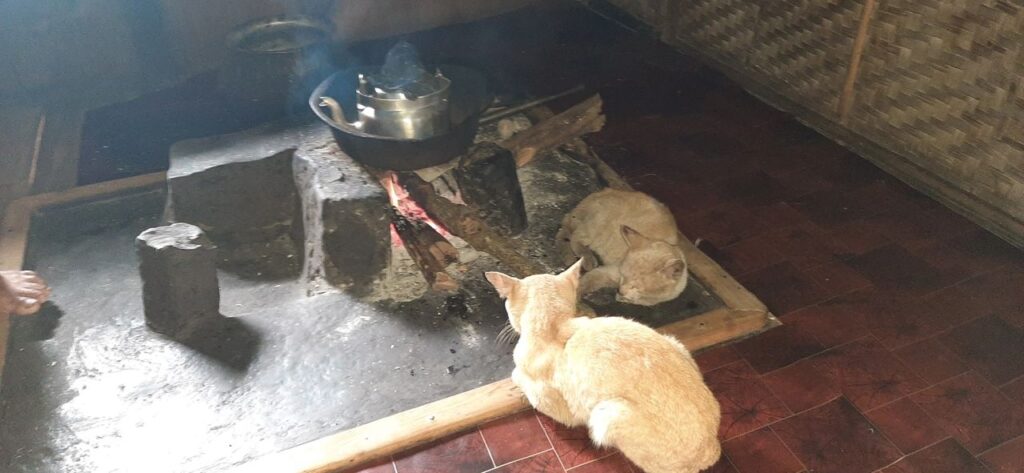
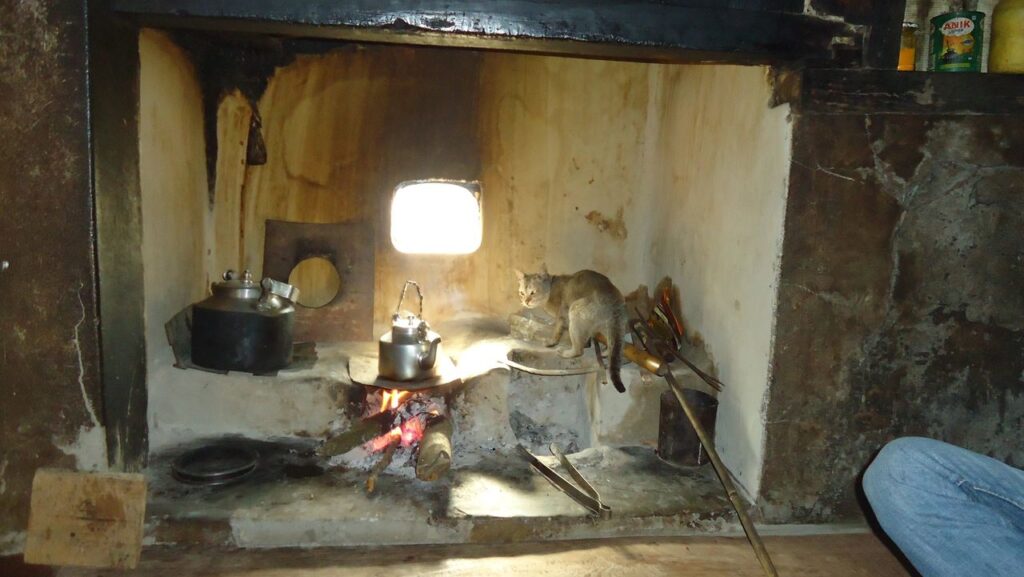
The Garo architecture also includes specific types of buildings based on their use. The nokmong is a family house, used for sleeping, cooking, and storing essentials like firewood. The nokpante serves as the house for unmarried males, where they learn various skills from elders. The jamsereng are small huts built in the rice fields for storing harvested grains and fruits, and the jamatal are treehouses constructed in the jhum fields for protection against wild animals.
Major Buildings and Places in Meghalaya
Meghalaya is home to several architectural landmarks that not only showcase its cultural and historical heritage but also attract tourists from around the world. Here are fifteen notable buildings and places in Meghalaya, each with its unique architectural features and significance:
1. Shillong Cathedral (Cathedral of Mary Help of Christians)
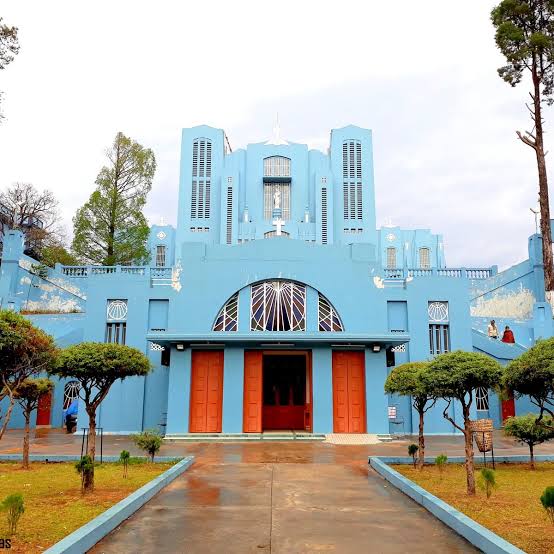
Located in the heart of Shillong, this cathedral is one of the largest and most beautiful churches in the region. Its architecture is a blend of modern and traditional styles, featuring high arches, stained glass windows, and a striking blue exterior.
2. Nartiang Monoliths
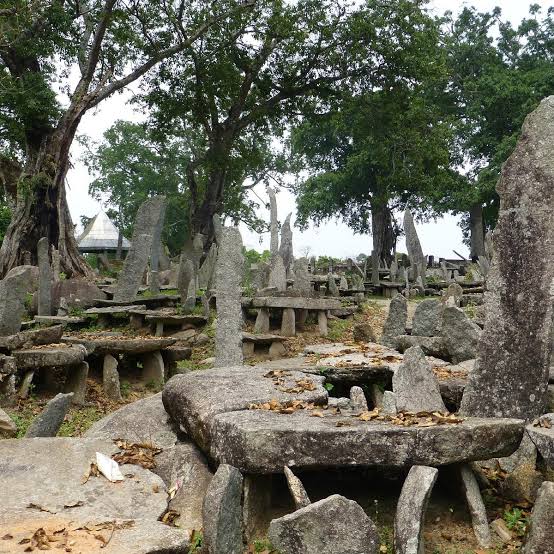
Situated in the Jaintia Hills, the Nartiang Monoliths are a collection of ancient stone structures that stand as a testament to the megalithic culture of the Jaintia people. The monoliths vary in size and shape, with the tallest reaching up to 8 meters.
3. Mawsmai Cave
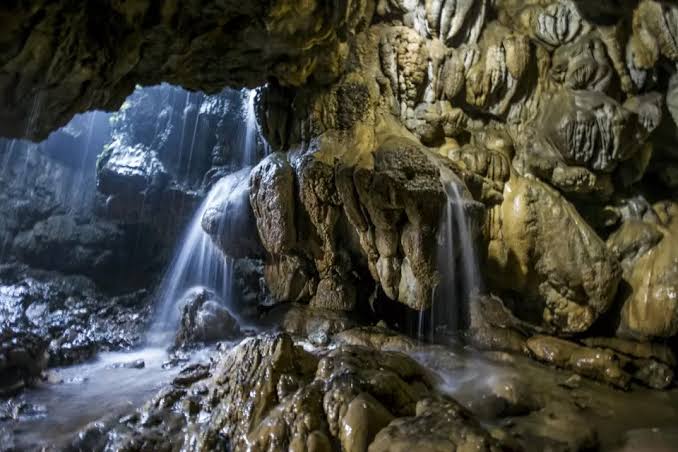
Known for its stunning limestone formations, Mawsmai Cave is a popular tourist destination in Cherrapunji. The cave features a series of interconnected passages and chambers, showcasing the natural beauty and geological diversity of the region.
4. Dawki Bridge
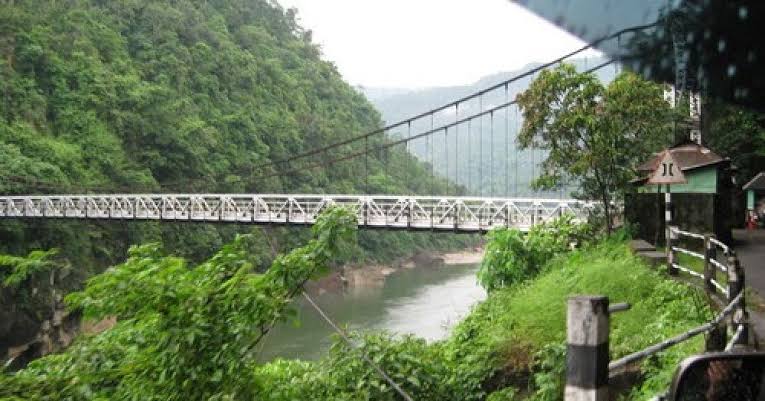
Also known as the Suspension Bridge, this architectural marvel spans the Umngot River near the Bangladesh border. The bridge is a vital link for trade and transportation, and its elegant design makes it a popular spot for photography and sightseeing.
5. U Lum Sohpetbneng
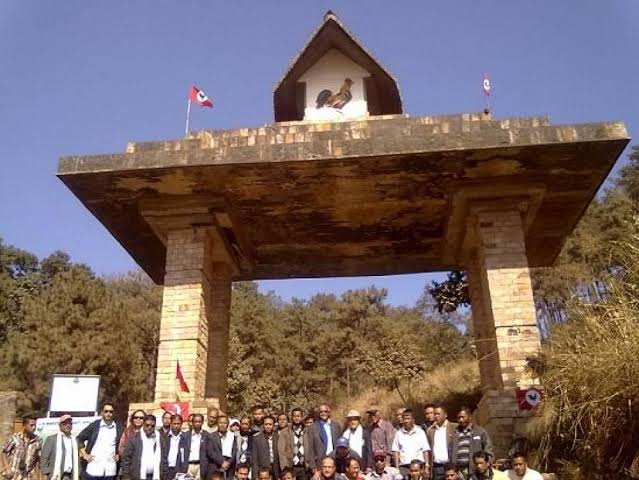
Known as the “Navel of Heaven,” this sacred site holds great significance for the Khasi community. The area is surrounded by a serene forest and features a stone altar where traditional rituals are performed.
6. Mawphlang Sacred Grove
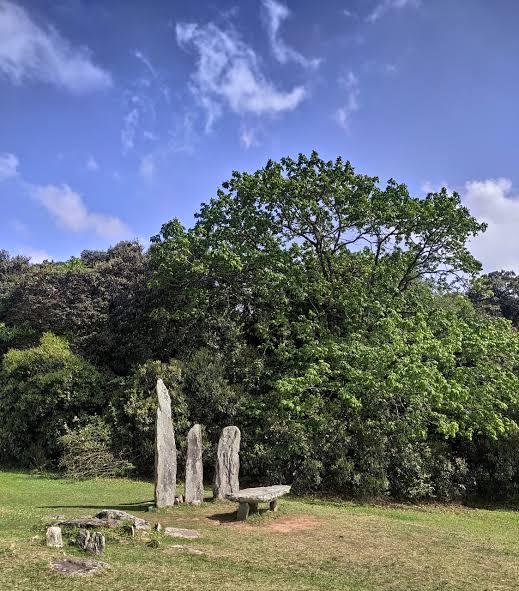
This ancient forest is a unique example of conservation and religious reverence. The grove is home to a variety of flora and fauna and features a network of walking trails that allow visitors to explore its natural beauty.
7. Don Bosco Museum
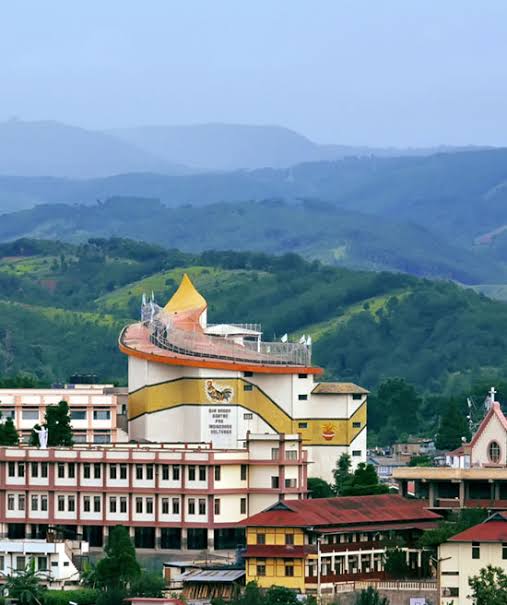
Located in Shillong, the Don Bosco Museum is a cultural and educational institution that showcases the history, art, and culture of the northeastern states of India. The museum’s architecture combines modern design with traditional elements, featuring a seven-story structure with a distinctive spiral walkway.
8. Elephant Falls
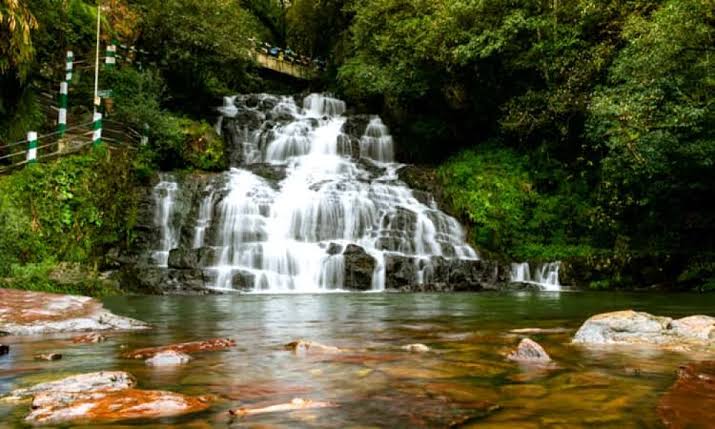
Named for a rock that resembled an elephant (which has since been eroded), these falls are a popular tourist attraction near Shillong. The area features well-maintained walkways and viewing platforms that allow visitors to enjoy the scenic beauty of the falls.
9. Mawlynnong Village
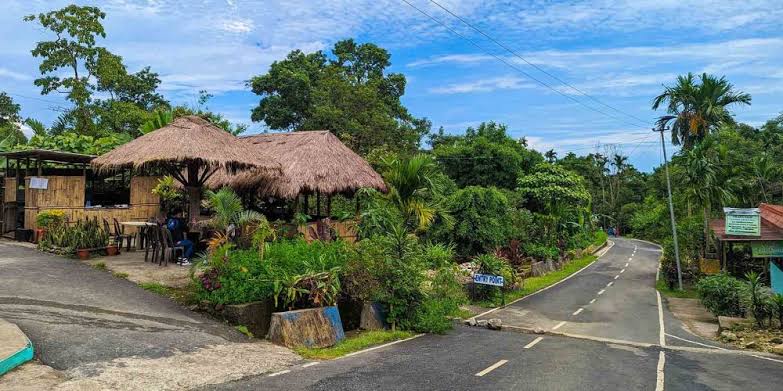
Known as the “Cleanest Village in Asia,” Mawlynnong is a model of community-led environmental management. The village features traditional Khasi houses, lush gardens, and a living root bridge, all maintained with a strong emphasis on cleanliness and sustainability.
10. Ward’s Lake
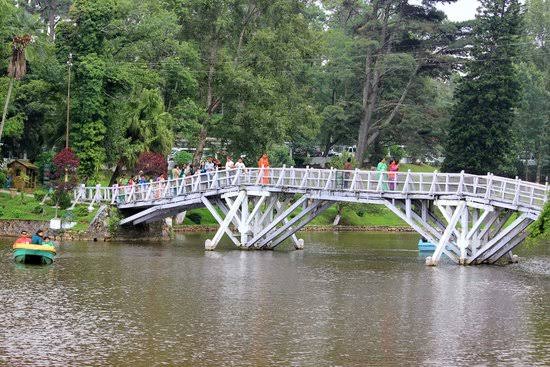
A man-made lake in Shillong, Ward’s Lake is a popular recreational spot for both locals and tourists. The lake is surrounded by a beautifully landscaped garden and features a wooden bridge that offers picturesque views of the water and the surrounding greenery.
11. Umiam Lake (Barapani)
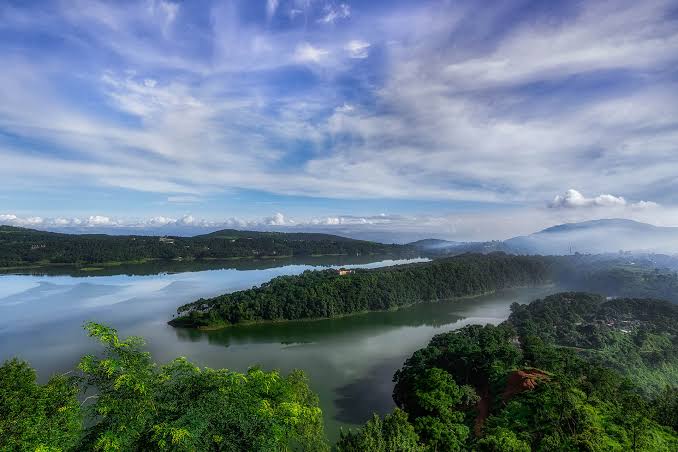
A reservoir created by damming the Umiam River, Umiam Lake is a major tourist attraction in Meghalaya. The lake offers a range of water sports and recreational activities, and its scenic beauty is complemented by the surrounding hills and pine forests.
12. Shillong Golf Course
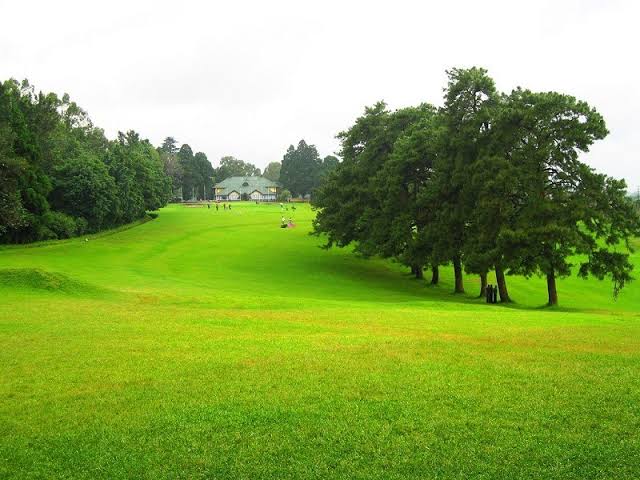
One of the oldest golf courses in Asia, the Shillong Golf Course is known for its natural beauty and challenging terrain. The course is surrounded by rolling hills and dense forests, offering a serene and picturesque setting for golfers.
13. Laitlum Canyons
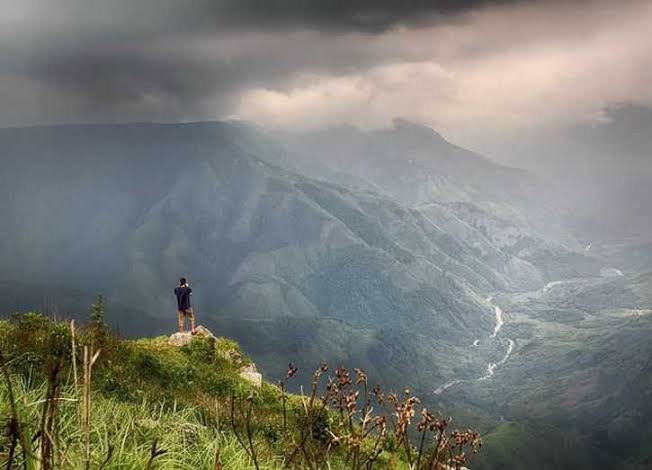
Located in the East Khasi Hills, the Laitlum Canyons offer breathtaking views of the surrounding valleys and hills. The area features walking trails and viewing platforms that allow visitors to take in the panoramic vistas.
14. Shillong Peak
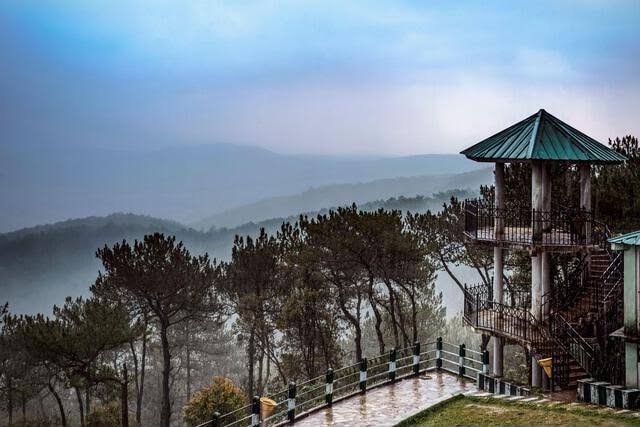
The highest point in Shillong, this peak offers stunning views of the city and the surrounding countryside. The area features a viewing tower and a small temple, making it a popular spot for both tourists and locals.
15. Balpakram National Park
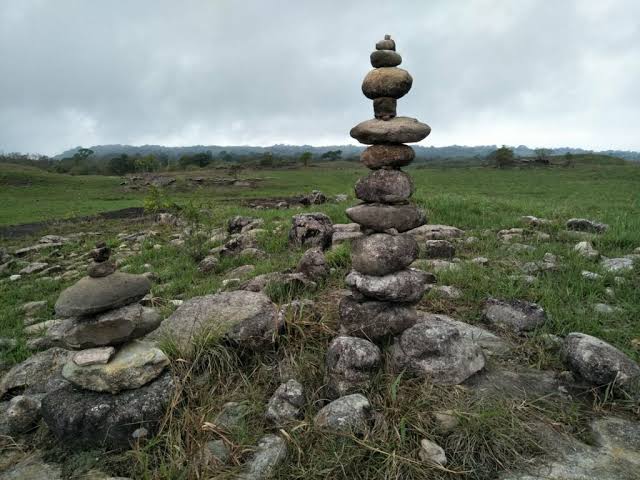
Located in the South Garo Hills, Balpakram National Park is known for its diverse wildlife and unique geological formations. The park features a range of habitats, from dense forests to grasslands, and is home to a variety of plant and animal species.
The Concluding Lines!
In a nutshell, the architectural heritage of Meghalaya is a vibrant tapestry of traditional knowledge and modern innovation. From the living root bridges that showcase the ingenuity of the Khasi people to the majestic churches that reflect the state’s colonial past, Meghalaya’s architecture is a testament to the creativity and adaptability of its people. The potential for architectural tourism in Meghalaya is immense, offering visitors a chance to experience the unique blend of nature, tradition, and modernity that defines the state. By preserving and promoting these architectural treasures, Meghalaya can continue to attract tourists and foster a deeper appreciation for its cultural and architectural legacies.
If you haven’t read about the architecture of other Northeastern states (Seven Sisters States), then click the following links to read:
Assam
Arunachal Pradesh
References
- typeset.io. (n.d.). How has the evolution of architecture in Meghalaya been influenced by external factors such as colonialism and globalization? [online] Available at: https://typeset.io/questions/how-has-the-evolution-of-architecture-in-meghalaya-been-2dtv8f6qif
- Roy, Dhrubajyoti. (Feb. 28, 2020). The Architecture of Meghalaya | North-East India. [online]. Available at: https://builtarchi.com/architecture-of-meghalaya/
- wisdomlib.org. (March 12, 2022). Garo Vernacular Architecture. [online] Available at: https://www.wisdomlib.org/hinduism/essay/vernacular-architecture-of-assam/d/doc1085423.html
- wikipedia.org. (n.d.). Meghalaya. [online] Available at: https://en.wikipedia.org/wiki/Meghalaya
- meghalayatourism.in. (n.d.). Get to Know Meghalaya. [online] Available at: https://www.meghalayatourism.in/
- Writer, Staff. (Dec. 21, 2023). Living Root Bridge of Meghalaya: A Stellar Example of Regenerative Architecture. [online] Available at: https://madrascourier.com/environment/living-root-bridges-of-meghalaya-a-stellar-example-of-regenerative-architecture/
- Chandra, Nikhil. (May 31, 2024). 9 Historical Monuments in Meghalaya You Should Explore. [online] Available at: https://www.indianholiday.com/blog/8-historical-monuments-in-meghalaya-you-should-explore/
- TripAdvisor.in. (n.d.). Meghalaya Landmarks. [online] Available at: https://www.tripadvisor.in/Attractions-g297657-Activities-c47-Meghalaya.html
- hillsidehighwaycottages.com. (May 15, 2021). Local Houses in East Khasi Hills, Meghalaya. [online] Available at: https://hillsidehighwaycottages.com/blog/f/local-khasi-houses-in-meghalaya
- Islam, Shahidul. (June, 2016). A Study on the Settlement Morphology of Indigenous Khasi Community in Sylhet, Bangladesh. [online] Available at: https://www.researchgate.net/publication/312130246_A_Study_on_the_Settlement_Morphology_of_Indigenous_Khasi_Community_in_Sylhet_Bangladesh
![]()